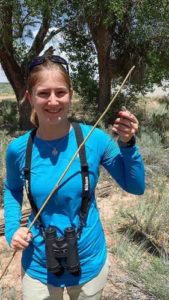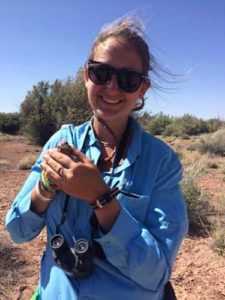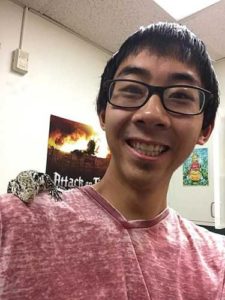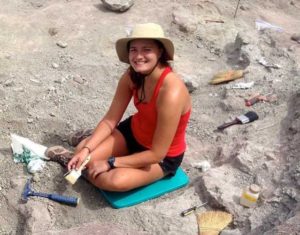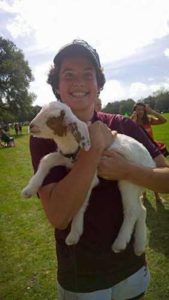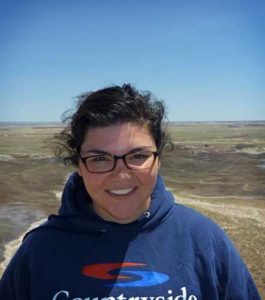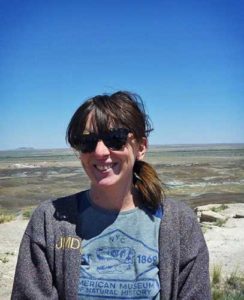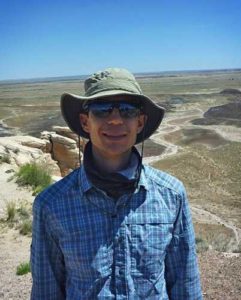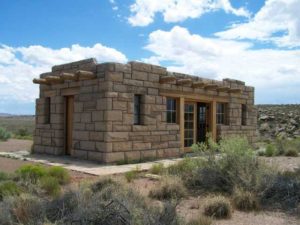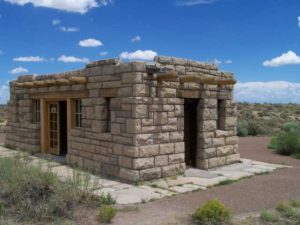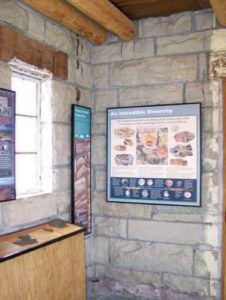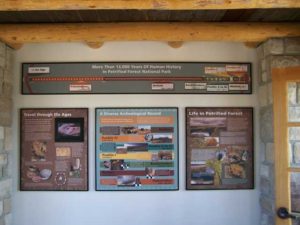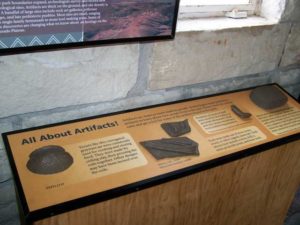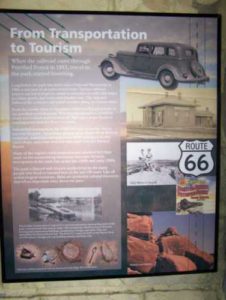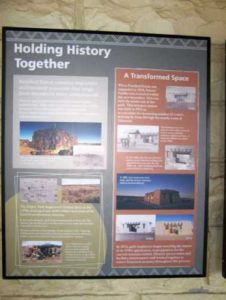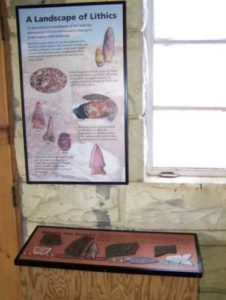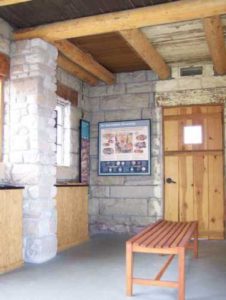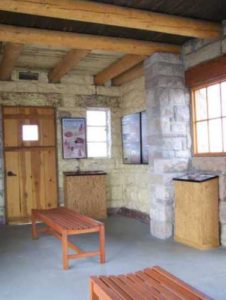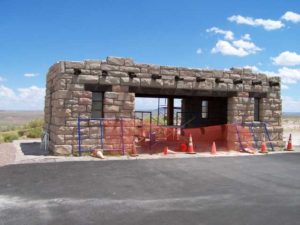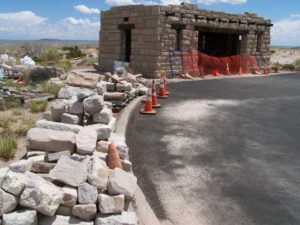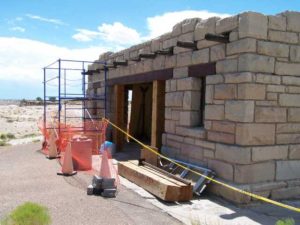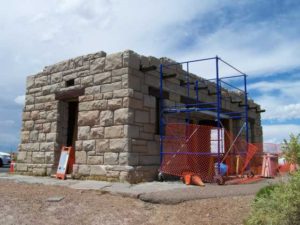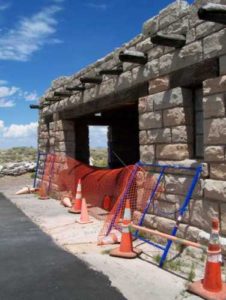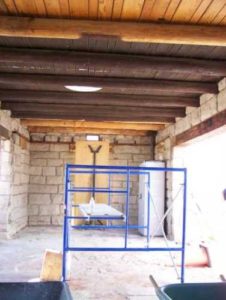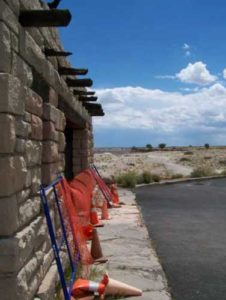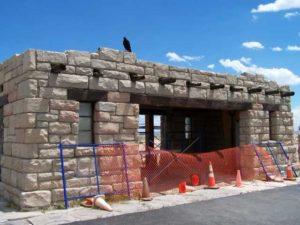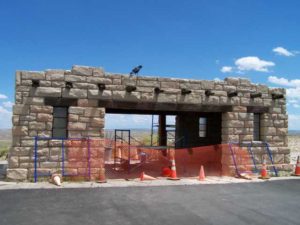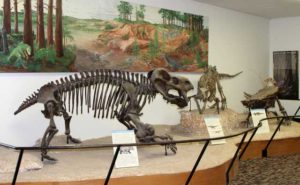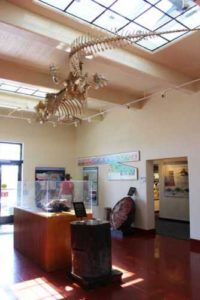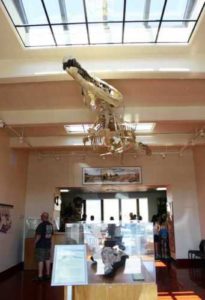Things have been extremely busy at Petrified Forest this spring and summer. We haven’t been able to get a newsletter out but wanted to update everyone on what is happening at the park.
The park has 9 summer science interns this year:
Two biologists helping with the annual night drive herpetology study, dusting prairie dog burrows with plague prevention dust, and preparing for the reptile bio blitz coming up later this month.
Three paleontologists who have helped locate and excavate two different species of phytosaur (crocodile ancestor) who lived in environments about 6 million years apart. One of these finds come from our first intensive exploration of the Paulsell Ranch, added to the park in 2011.
Four archeologists have helped relocate, assess, and bring data up to date on several archeological sites in the traditional part of the park, particularly in relation to the park’s project to replace the 1937 water line that serves Rainbow Forest.
The park expects to close on the purchase of 7660 acres of the NZ Milky Ranch that are inside the new park boundary within the next 6 weeks. These lands are in the southeast portion of the park and include one of the largest pueblo archeological sites in the area, a 400-500 room pueblo called Wallace Tank. Once acquired, the site will require substantial effort in stabilization and mapping before it’s available for public viewing.
The park has been successful in securing matching federal funds for a $150,000 donation from American Express through the National Trust for Historic Preservation to restore the glass storefront to the Painted Desert Oasis building (restaurant and gift shop) at park headquarters. Work is expected to be underway this fall. The National Trust’s publication, Preservation News, will include a story about the Painted Desert Community Complex in it’s national publication this winter.
The new archeology museum is open in the 1930’s stone building at Puerco Pueblo. The exhibits are the first collection of exhibits the park has ever had, that we know of, wholly dedicated to the park’s archeology.
A similar building rehabilitation is underway at the companion 1930’s stone building at Agate Bridge, which will eventually tell the story of the early years of the park’s history.
The second phase of the Rainbow Forest Museum rehabilitation is complete—the bookstore has moved to the center of the building and a new front desk has been installed.
Design is underway on the third phase which will add exhibits throughout the building and fix up a room that was once the Library, and later a staff work room, to show park films.
(Thanks to PFMA Director Paul DoBell for coming to the rescue and taking all the wonderful photos of the Agate and Puerco Pueblo buildings appearing on this page.)
